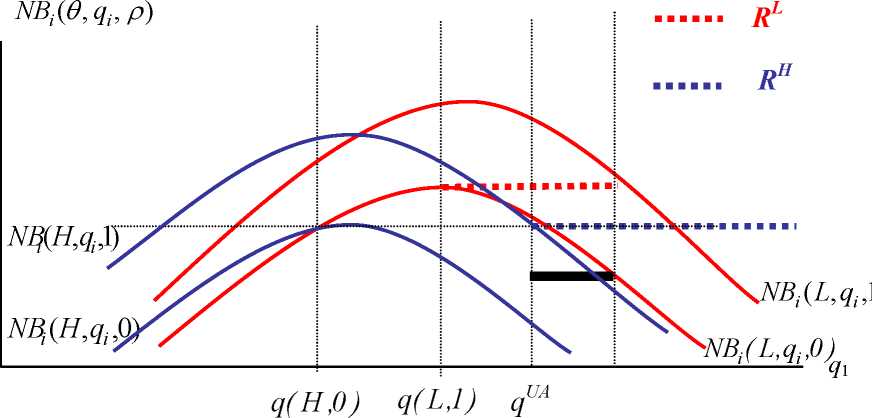Figure 4. The set of separating equilibrium outcomes

The main findings of this section the following proposition summarizes:
Proposition 2: Given A1-A4 and the SCC, when costs are fully correlated, but
no country initially is informed about the true cost level, and a
country can be fully informed, then qu > q(L,1), qH = q(H,0),
and the response by the uninformed countries are also to in-
creased reductions.
Hence, the reduction of each country is higher and in this case unilateral action
clearly has a potential to move the countries’ reduction levels in the right direc-
tion (seen both from an environmental and an economic point of view), com-
pared to the result in Hoel (1991). Note that the reason for unilateral action is
the inability of a low cost country to verify its costs unless it engages in costly
activity that convinces the other countries about its true type. Hence, unilateral
actions are a consequence of an adverse selection problem and the incentives
(for a high cost type) to misrepresent the true costs. Note that given assumption
A3a and A3b, it is also profitable for a country to undertake unilateral actions,
29
More intriguing information
1. The name is absent2. The name is absent
3. The name is absent
4. Critical Race Theory and Education: Racism and antiracism in educational theory and praxis David Gillborn*
5. Direct observations of the kinetics of migrating T-cells suggest active retention by endothelial cells with continual bidirectional migration
6. Towards Teaching a Robot to Count Objects
7. Cultural Neuroeconomics of Intertemporal Choice
8. The name is absent
9. Discourse Patterns in First Language Use at Hcme and Second Language Learning at School: an Ethnographic Approach
10. The name is absent